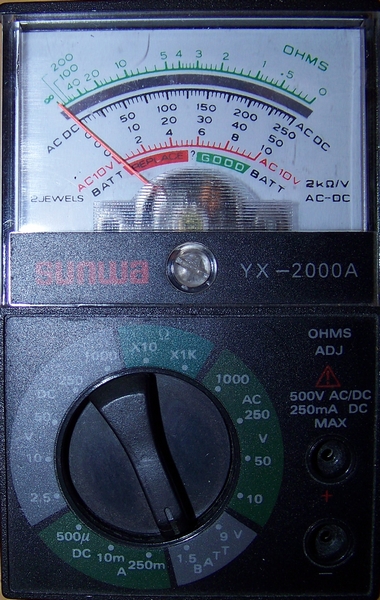Hello,
I have a pair (I do not know if good) batteries, both AA and AAA Energizer Ultimate Lithium, I know I used them, but how many and for what I do not remember - and I do not want to throw away good batteries, what I gave for them . I have a meter like below
. I have a meter like below

it has BATT for battery check. I just admit that I do not know how to find out on this meter whether the battery is good or to be thrown away.
It is possible to use this meter to check whether the above-mentioned batteries are good, e.g. if they have the right voltage, what voltage should it be and how to set the meter then?
Greetings,
Arthur
I have a pair (I do not know if good) batteries, both AA and AAA Energizer Ultimate Lithium, I know I used them, but how many and for what I do not remember - and I do not want to throw away good batteries, what I gave for them

it has BATT for battery check. I just admit that I do not know how to find out on this meter whether the battery is good or to be thrown away.
It is possible to use this meter to check whether the above-mentioned batteries are good, e.g. if they have the right voltage, what voltage should it be and how to set the meter then?
Greetings,
Arthur


